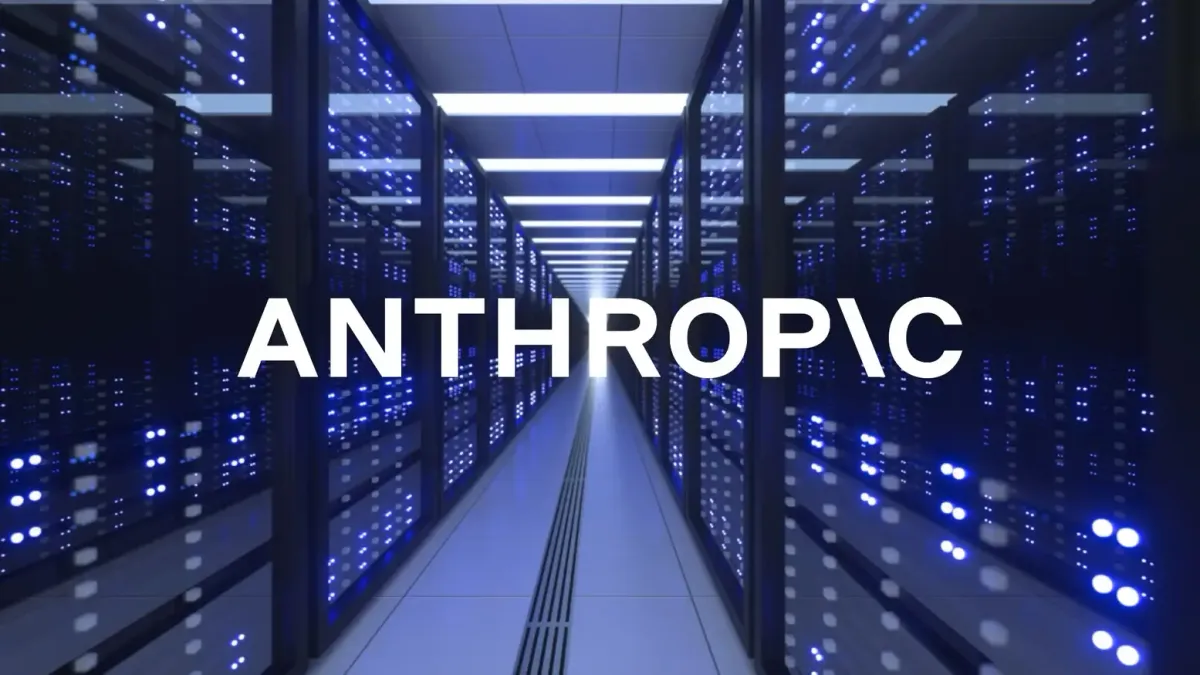Anthropic, the company behind the Claude AI model, revealed plans to spend about $50 billion on new data-centers across the U.S., starting in Texas and New York.
The move, reported by Reuters, frames the infrastructure drive as critical to keeping pace with rising demand from enterprise customers and expanding global compute capacity.
The build-out is being carried out in partnership with infrastructure provider Fluidstack and comes as demand for frontier AI workloads rapidly escalates. Anthropic says the facilities will generate roughly 800 permanent jobs and about 2,400 construction roles, with first sites expected to go live in 2026.
Computing Power Meets Infrastructure Ambition
Anthropic’s announcement is part of a broader trend: AI firms are investing heavily in hardware, real estate and energy systems in order to scale model training and deployment.
With enterprise clients numbering in the hundreds of thousands, Anthropic claims its growth now demands infrastructure that the public cloud alone cannot sustainably supply.
Rather than simply relying on partners, Anthropic is betting on custom-designed data-centers optimized for its AI workloads, including massive GPU clusters, specialised cooling and dedicated power arrangements.
The Texas-New York corridor is particularly strategic, offering access to existing grid infrastructure and favourable regulatory conditions.
Strategic Ripples Across the AI Ecosystem
The announcement nudges the competitive landscape. As rivals such as OpenAI lean heavily on cloud partners, Anthropic’s commitment signals a shift toward vertically integrated infrastructure.
By investing in hardware, real estate and talent, the company aims to reduce dependency, scale more efficiently and control cost structure.
For enterprise and cloud-service clients, the move could offer stronger assurances of availability, performance and cost control in AI deployment.
For the industry at large, it sheds light on the hidden cost of AI progress—beyond models and algorithms, large-scale compute and infrastructure are increasingly pivotal.
But with the scale of ambition comes material risk. Execution across multiple large-scale sites, managing power consumption and navigating local regulation will test Anthropic’s operational and financial discipline.
The ability to convert infrastructure into value-generating AI services will determine whether the investment pays off.
What To Watch
How quickly the new data centres come online, how cost-efficient they prove, and how customers respond will define this next phase.
If Anthropic succeeds, it may set a new standard for AI-platform development, one anchored in infrastructure, not just software. If it struggles, the industry may see this moment as a cautionary turn in the compute arms race.






